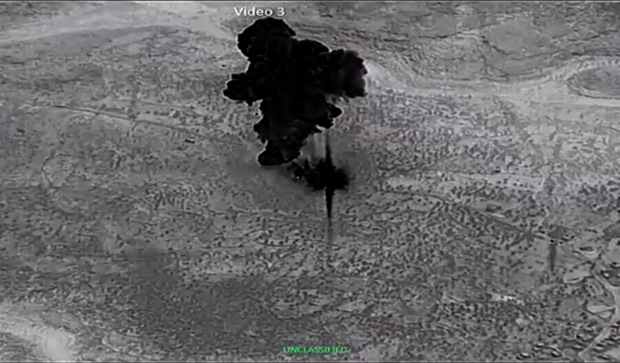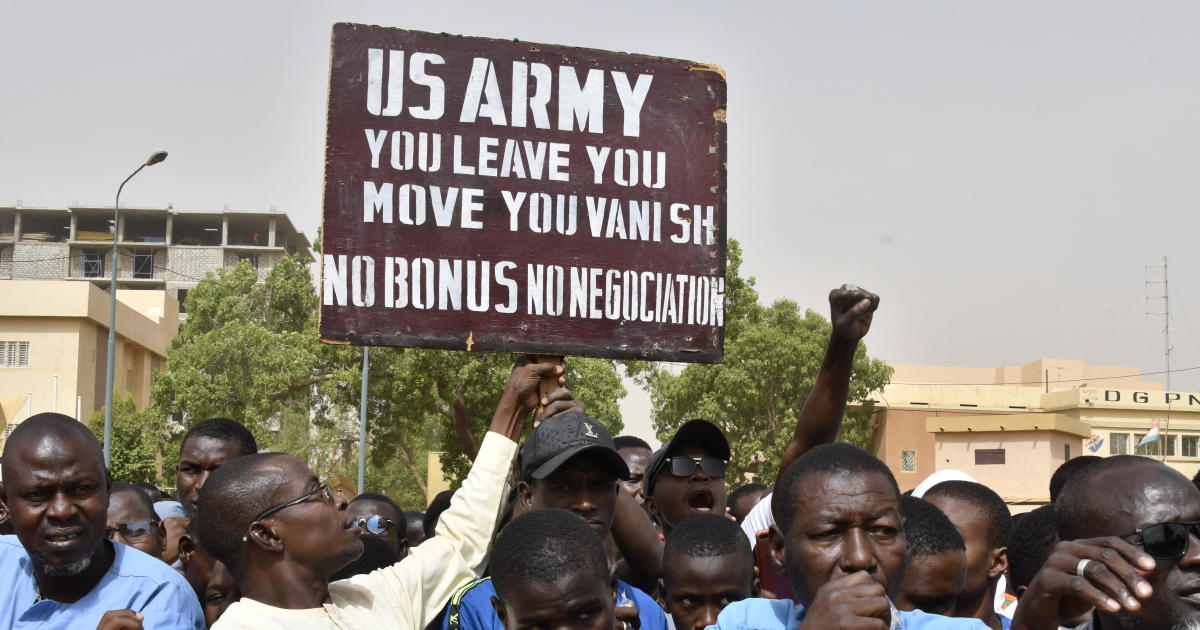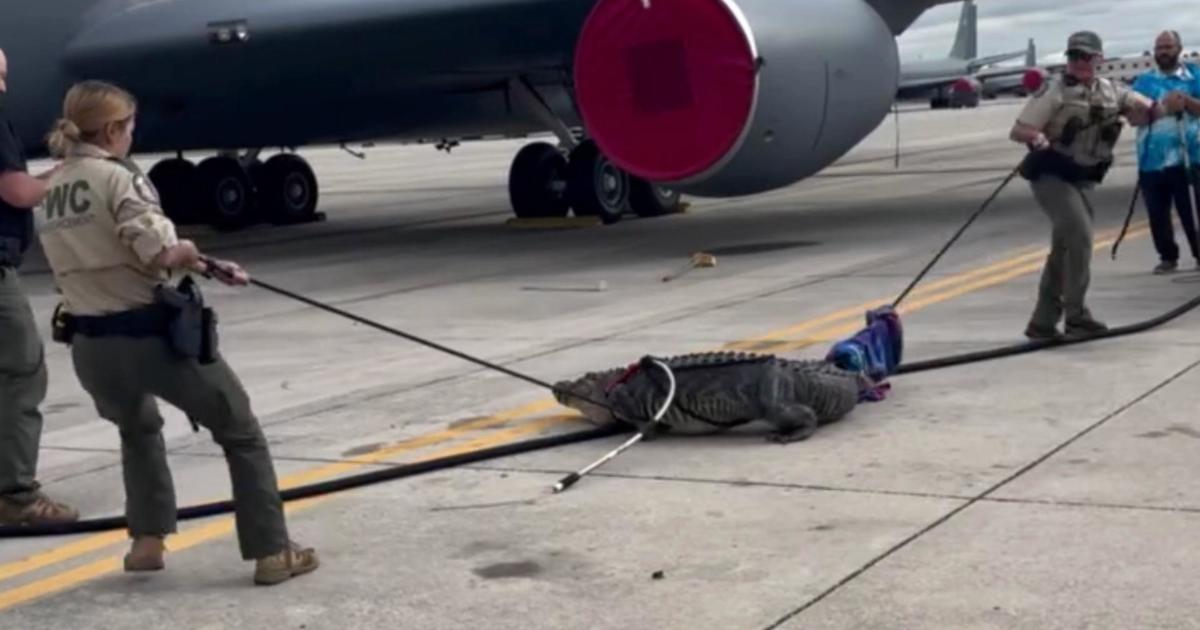Pentagon releases images from al-Baghdadi operation
General Frank McKenzie, head of U.S. Central Command, released declassified images and video from the raid that resulted in the death of ISIS leader Abu Bakr al-Baghdadi over the weekend. He described the images for reporters at the Pentagon on Wednesday.
This image shows the destruction of the compound in Idlib province in Syria where al-Baghdadi hid.
U.S. Central Command (CENTCOM) shared video on Twitter that showed fighters near the compound beginning to fire on U.S. aircraft participating in the raid.
And this is the compound where al-Baghdadi hid in Northwest Syria.
The CENTCOM commander told reporters that four men and two women were killed in the assault, and that two children probably "under 12" years of age were killed when al-Baghdadi detonated his bomb-laden vest. McKenzie also suggested that in his last moments, al-Baghdadi may have fired from the tunnel where he fled. He did not confirm a claim that President Trump made, that in al-Baghdadi's final moments, he was "screaming, crying and whimpering."
McKenzie also said that the DNA analysis confirming al-Baghdadi's identity showed "beyond a shadow of a doubt" that the man who died over the weekend was al-Baghdadi. He described it as a "direct match" that "produced a level of certainty that the remains belonged to Baghdadi of 1 in 104 septillion." In explaining this level of certainty, McKenzie produced a slide that said "if the population of earth was 14.8 quadrillion times what it is today, you would still only expect to find one person with this DNA profile."
Al-Baghdadi's remains were "buried at sea in accordance with the Law of Armed conflict within 24 hours of his death," according to CENTCOM.
There was also a little more information revealed about the dog involved in the U.S. operation. He's a four-year veteran of the program, has been in 50 combat missions and was injured by exposed electrical cables in the tunnel. He has been returned to duty.





